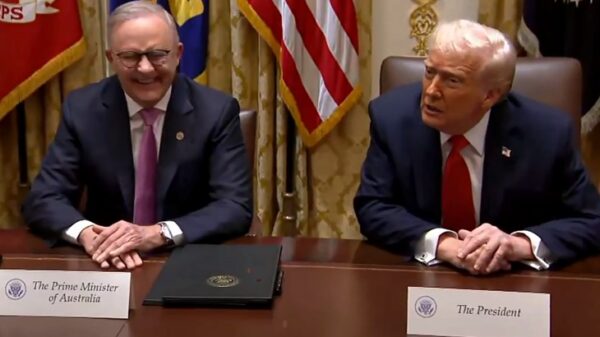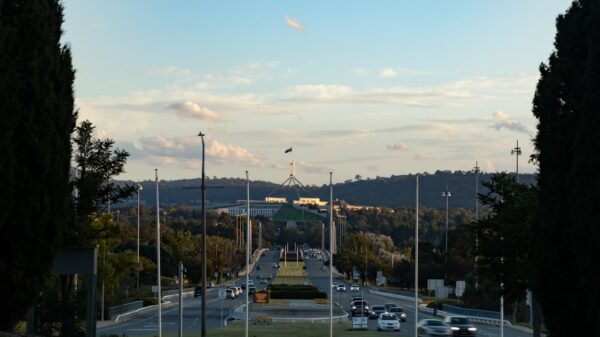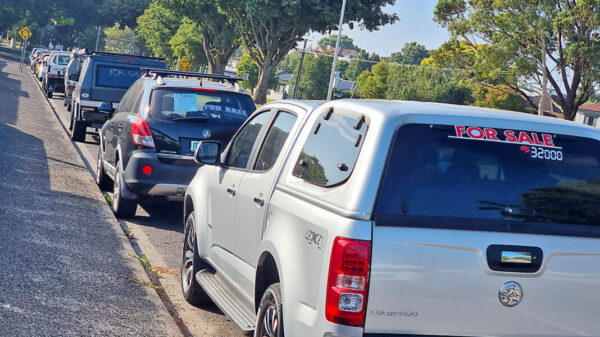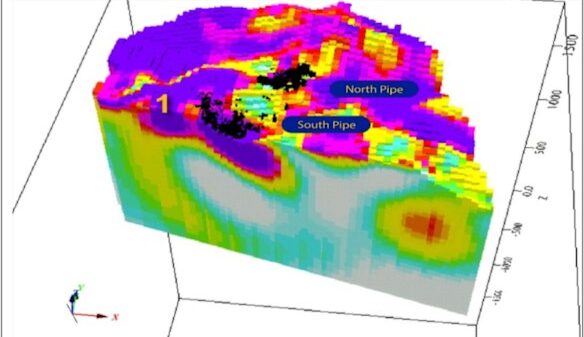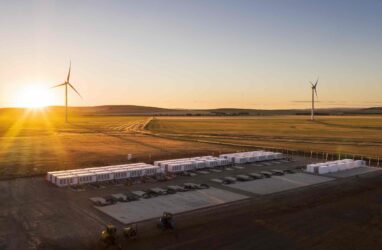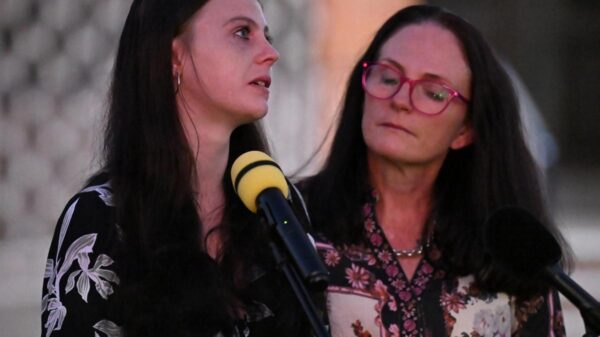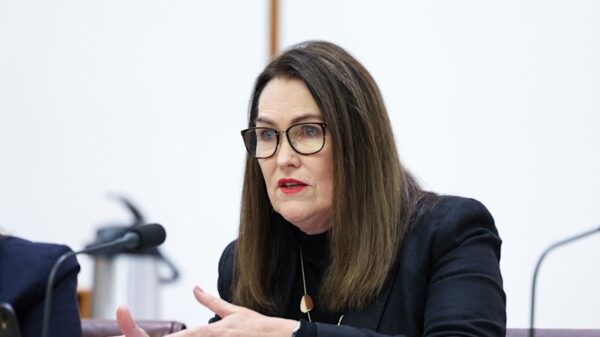UPDATE: The Australian Energy Market Operator (AEMO) has just announced a groundbreaking roadmap aimed at achieving 100% renewable energy on Australia’s main grids. This urgent move focuses on integrating grid-forming battery inverters and consumer technologies such as solar panels, batteries, and electric vehicles.
The latest Engineering Roadmap reveals 29 priority actions for the upcoming year, targeting a remarkable increase in renewable energy penetration above last year’s peak of 75.6%. This is crucial as Australia strives to reach 82% renewables by 2030. AEMO has recognized that there are occasions when renewable supply exceeds grid demand, yet barriers like negative wholesale prices have limited this potential.
AEMO’s roadmap is not just a technical document; it’s a vital strategy for ensuring energy security for producers, consumers, and the federal government. States such as South Australia have achieved 100% renewable energy generation almost daily, exporting excess power to neighboring regions. However, AEMO emphasizes that scaling this success to the entire grid remains a challenge.
One of the biggest hurdles is replicating the essential grid services—frequency control and system strength—traditionally provided by fossil fuel generators. AEMO is particularly focused on the role of grid-forming inverters in battery storage to meet these needs. “A key priority over the next 12 months will involve advancing understanding of future technology capabilities,” stated Merryn York, head of system design at AEMO.
The roadmap outlines critical initiatives, including detailed analysis of fault current contributions from grid-forming battery energy systems and planning for crucial transition points as coal power plants retire. This is particularly significant as Australia faces increasing pressure to transition to cleaner energy sources.
Furthermore, AEMO is cautious about the reliability of new technologies, asking for more substantial proof before fully committing to battery solutions for system strength. As coal-fired power stations begin to close, AEMO is exploring alternative solutions, including synchronous condensers, which are costly and cumbersome.
In the past year, AEMO has implemented minimum system load services in response to the rapid growth of rooftop solar PV, which has begun to displace large-scale generation. Emergency protocols now allow for rooftop solar shutdowns when necessary, and battery storage systems are poised to balance the grid.
As electrification of households and transport accelerates, AEMO acknowledges the dual power flow challenges in a grid designed for one-way electricity. The urgency of these developments cannot be understated; Australia’s energy future is at a critical juncture.
In conclusion, AEMO’s new roadmap is not only a technical guide but a necessary plan to ensure energy security and sustainability in the face of rising demand for renewable energy. The next steps will be closely monitored as Australia pushes toward a greener future. Stay tuned for updates as these critical developments unfold.

